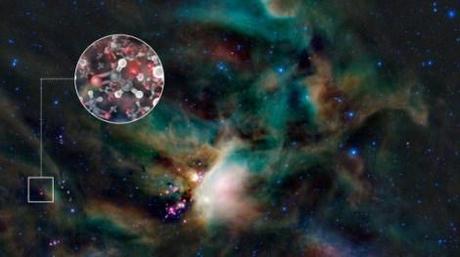
So after all, sugar might be good for something.
Using the latest-generation Atacama Large Millimeter Array (ALMA), which is an advanced system of 64 radio-telescope antennas in northern Chile, scientists at the European Southern Observatory have discovered a simple form of sugar orbiting a small binary star. Known as 16293-2422, that star is only 400 light-years away, and has about the same mass as the Sun. The finding could shed light on how the building blocks of life can originate spontaneously in deep space, even without a planet to support them.
The molecule found was glycolaldehyde (C2H4O2), not dissimilar to the table sugar (C12H22O11) we’re familiar with, and one of the building blocks of DNA and RNA. Glycolaldehyde has been found inside distant cloud dust as early as in 2000 but, crucially, this marks the first time that scientists have detected it in the right place and at the right time for life to blossom in its vicinity.
Molecules in deep space rotate end-for-end. When they absorb nearby radiation, they switch to a higher-energy rotational state and, conversely, they can emit radiation themselves as their energy state lowers. The radio frequencies emitted by a particular molecule forms a unique “fingerprint” that allows scientists to identify a tiny eight-atom molecule from quadrillions of miles away.
Most chemical reactions on Earth occur in liquid water, but in interstellar space the complex molecules appear to form on the surface of tiny dust particles. Smaller molecules such as water, formaldehyde, methane, ammonia, carbon dioxide or methanol coat the surfaces and interiors of the grains in the dust clouds. Then, when a shock wave hits the dust, it provides the energy to assemble more complex molecules (such as sugars) from the simpler ones and then free them from the dust grains.
“A big question is: how complex can these molecules become before they are incorporated into new planets?” says Jes Jørgensen of the Niels Bohr Institute in Denmark, the lead author of the study. “This could tell us something about how life might arise elsewhere, and ALMA observations are going to be vital to unravel this mystery.”
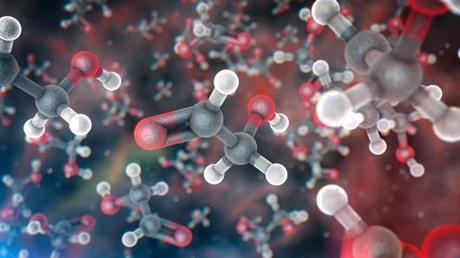
Artist’s impression of glycolaldehyde molecules (Image: ALMA/L. Calçada)
One of the open questions on the origins of life on Earth is the mystery of how, based on our ample fossil record, life seems to have originated very shortly after the right conditions arose on our planet. This finding might help explain why, as there is mounting evidence now that prebiotic chemistry – the formation of the molecular building blocks necessary for the creation of life – occurs in interstellar clouds long before those clouds collapse to form a new planetary system.
“Many of the interstellar molecules discovered to date are the same kinds detected in laboratory experiments specifically designed to synthesize prebiotic molecules. This fact suggests a universal prebiotic chemistry,” says Jan M. Hollis of NASA’s Goddard Space Flight Center in Greenbelt, Maryland.
After they are formed, these molecules created in deep space may be initially seeded to planets by comets crashing on their surface, acting as an extraordinarily effective catalyst for the evolution of life. If this is indeed how life originated on Earth, then our quest to find signs of life on nearby Mars might have a better chance of succeeding than previously thought.
ALMA found glycolaldehyde in the gas surrounding the binary star system 16293-2422, three billion kilometers (1.85 billion miles) away from the star and slowly moving closer, toward what astronomers call the “habitable zone” – the region around a star within which a planet with sufficient atmospheric pressure can maintain liquid water on its surface.
Crucially, the star is very close-by in astronomical terms – a mere 400 light-years away, compared to the 26,000 light-years distance of the dust clouds where glycolaldehyde was first detected back in the year 2000. Going forward, this presents the perfect opportunity for astronomers to study the phenomenon in greater detail and understand more on how molecules created in outer space may have jump started life as we know it.
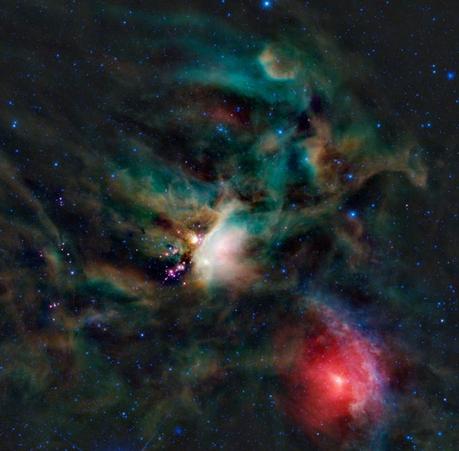
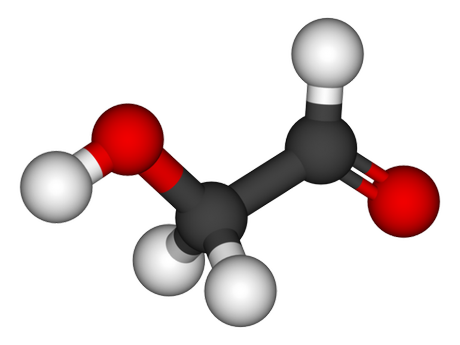
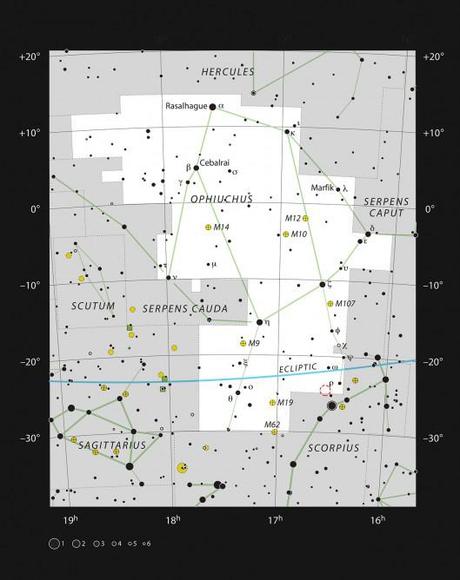
Sources: European Southern Observatory, NRAO

